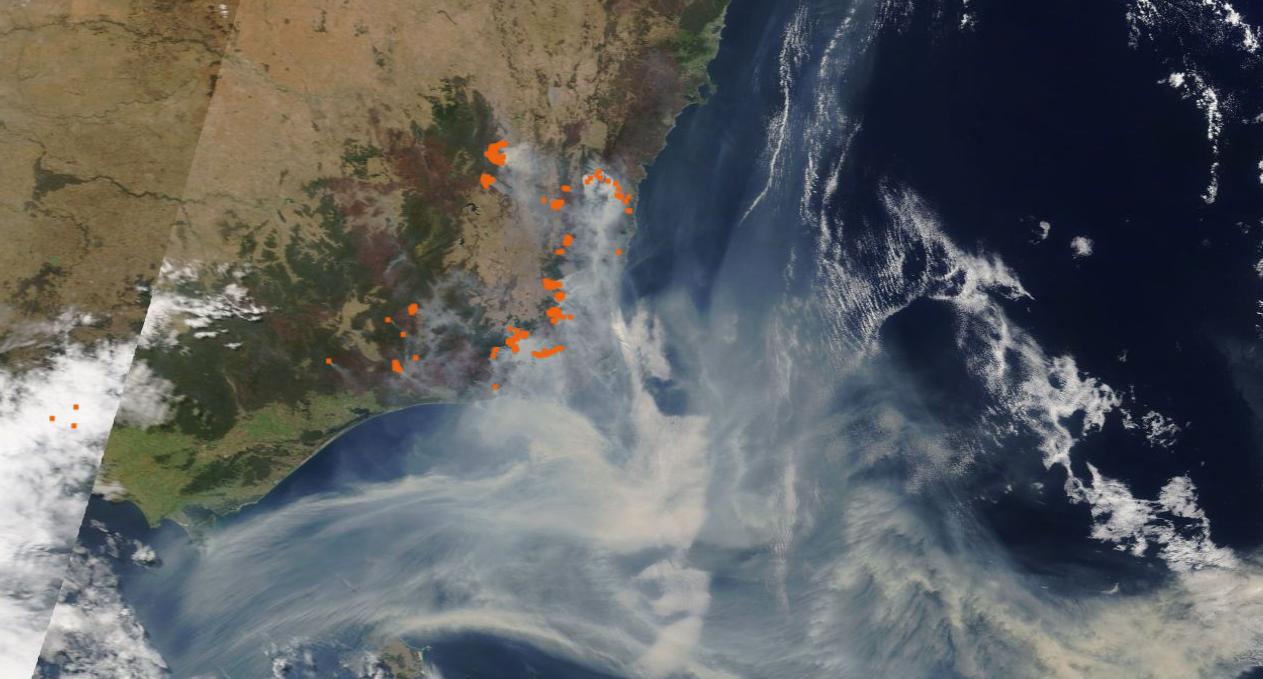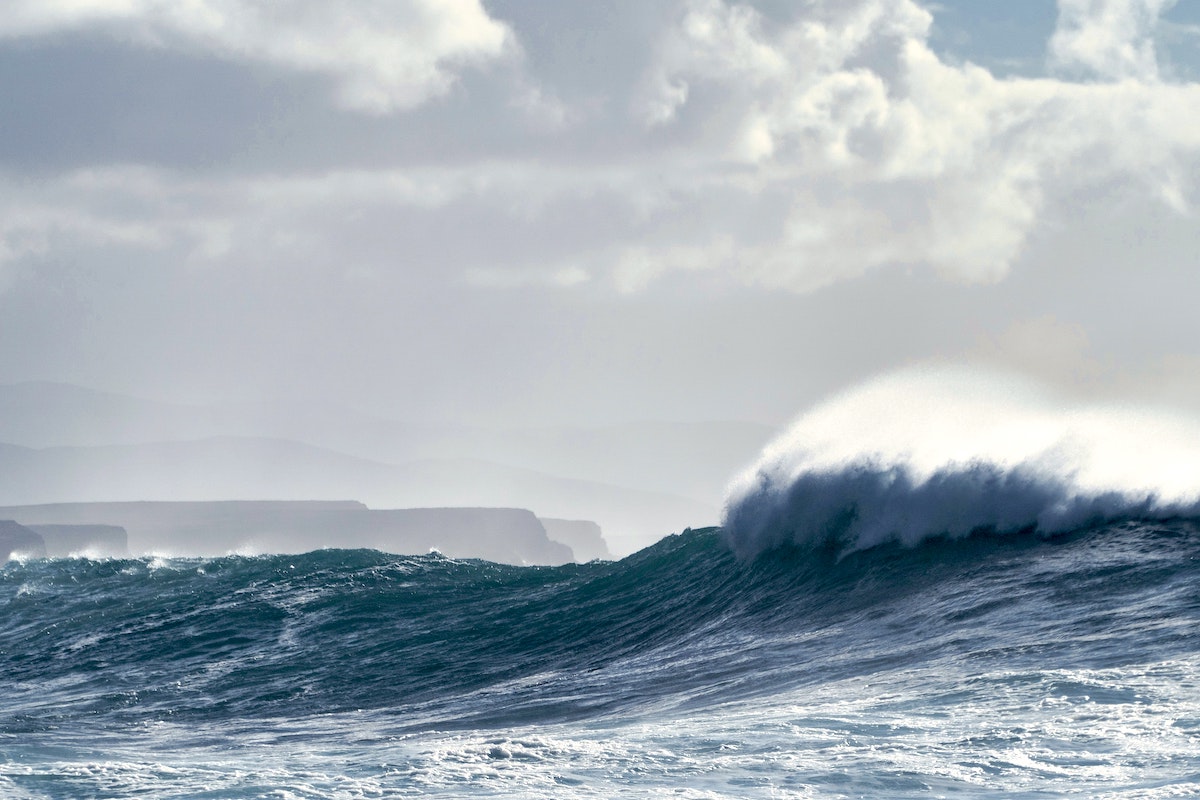-
Research brief: Warmer oceans amplify LENGTH AND FREQUENCY of coastal marine heatwaves

CLEX researchers found coastal marine heatwave hotspots were concentrated along the Mediterranean Sea, Japan Sea, south‐eastern Australia and the north‐eastern coast of the United States. They also found the frequency of these events and their duration globally increased by 1–2 events per decade and 5–20 days per decade. Most of the marine heatwave hotspots identified…
-
Research brief: Ring like structure in cyclone leads to rapid intensification of surface winds

The most intense and destructive tropical cyclones generally go through a period of rapid intensification, where “rapid” means that the near-surface winds increase by more than 15 m/s (54km/hr) in 24 hrs. However, the physical processes by which storms rapidly intensify are not well understood. This study uses very high-resolution simulations with the UK Met…
-
Research brief: New Zealand’s costliest floods caused by atmospheric rivers

The largest rivers on Earth are not on the ground, but in the sky. Our new study, published in Environmental Research Letters, showed that nine out of ten of the most expensive floods in New Zealand (2007-2017) occurred during an Atmospheric River event, and seven to all ten of the top ten most extreme rainfall…
-
Research brief: New reporting format for leaf-level gas exchange data

In this study, the researchers propose a reporting format for leaf-level gas exchange data and metadata to provide guidance to data contributors on how to store data in repositories to maximise their discoverability, facilitate their efficient reuse, and add value to individual datasets.
-
Research brief: The Black Summer and COVID impacts on Sydney and Melbourne air quality.

CLEX researchers and colleagues quantified the air quality impact of the Black Summer bushfires of 2019/20 and COVID-19 in the south-eastern states of Victoria and New South Wales (NSW) using a meteorological normalisation approach.
-
Research brief: Most Australian heatwaves from moving systems, not blocked systems

The majority of heatwaves affecting south-eastern Australia are part of large and strong weather systems propagating across Australia, and not due to stationary or blocked weather systems as seen in some other regions of the world.
-
Research brief: How gravity waves impact thunderstorm formation

Storms cause ripples in the wind that travel upwards and away from the clouds, much like a stone causes ripples when it is thrown in a pond. These can then affect the temperature and winds around the storms and make them grow, last longer, or die earlier.
-
Research brief: ACCESS1 outperforms POAMA forecasting SPCZ

The researchers analysed the performance of the ACCESSS1 seasonal forecast model to predict the SPCZ position and rainfall over the period 1990-2012. ACCESSS1 performed better in simulating the SPCZ than the previous model, POAMA.
-
Research brief: New global land-based precipitation dataset

CLEX researchers have developed a new global land-based daily precipitation dataset called Rainfall Estimates on a Gridded Network – REGEN – aimed at facilitating studies to understand changes and variability in several aspects of daily precipitation distributions, extremes and measures of hydrological intensity.
-
Research brief: Southern ocean overturning circulation responds to SAM

CLEX researchers introduced a novel methodology to examine the Southern Ocean’s response to changing winds. They performed numerical simulations with a global ocean‐sea ice model suite that spans a hierarchy of spatial resolutions and driven by realistic atmospheric forcing conditions.
